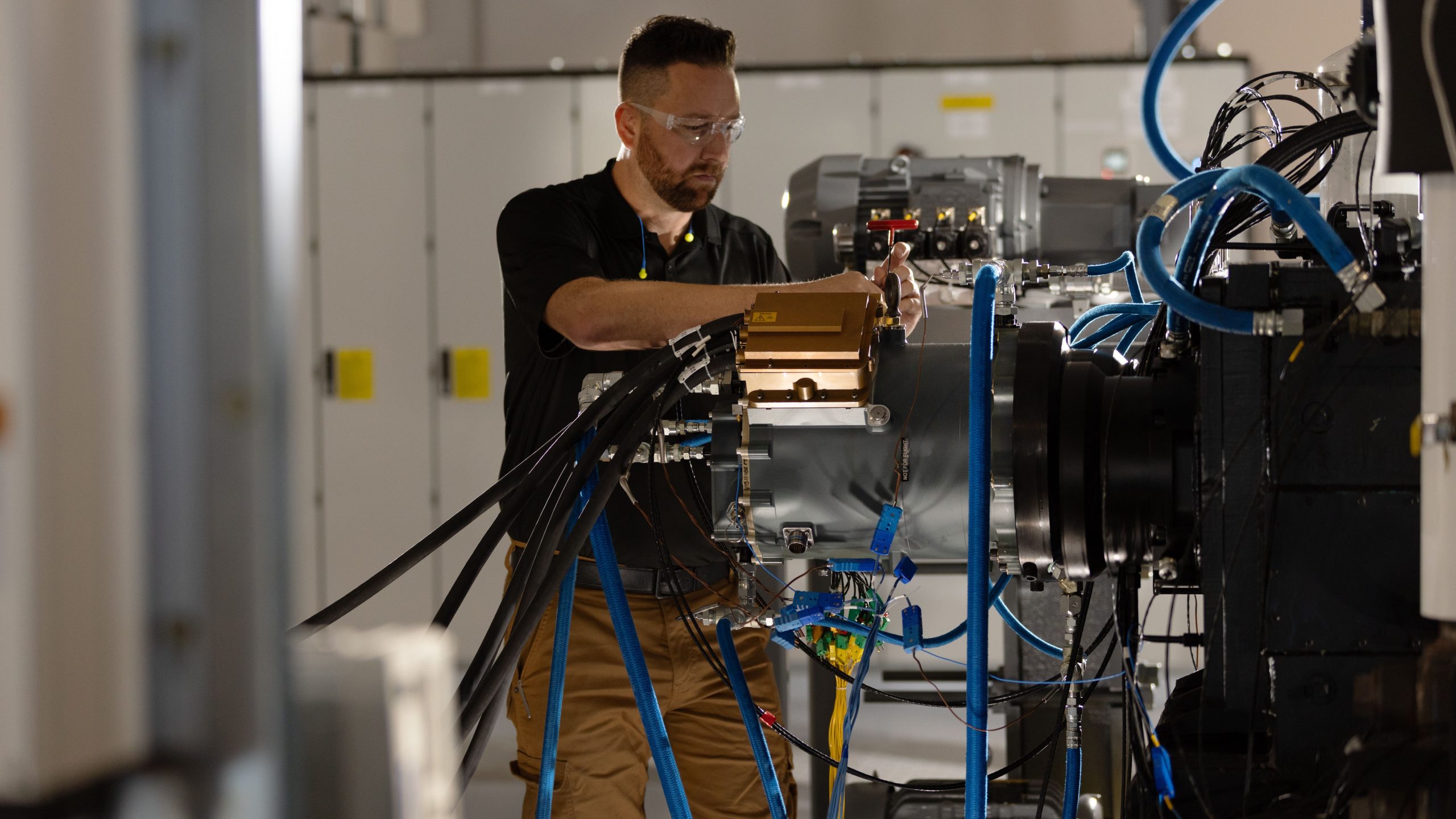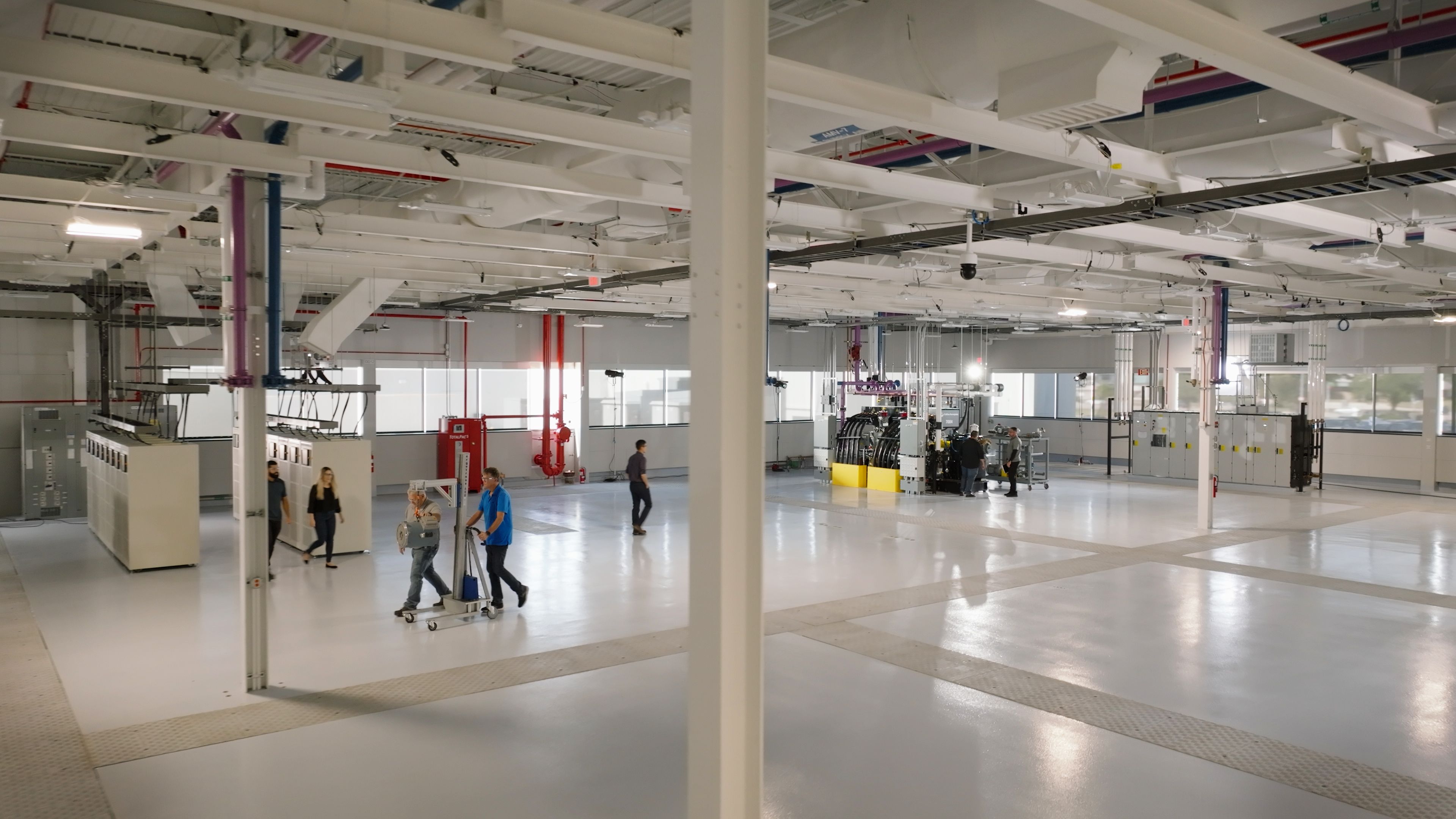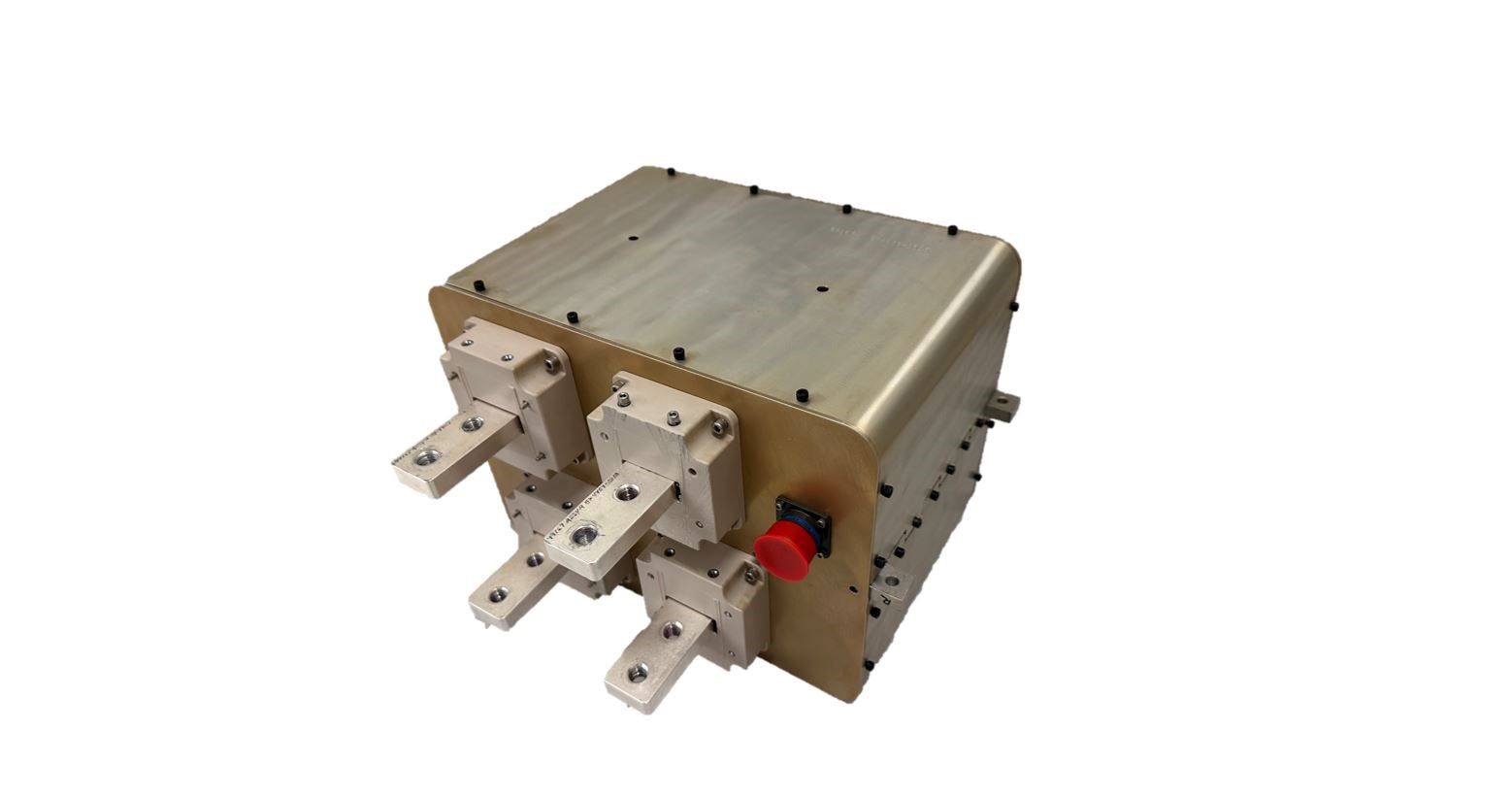Summary
- Collins Aerospace has opened The Grid, an advanced electric power systems lab, to innovate and develop key components for hybrid-electric propulsion and more electric systems.
- Collins Aerospace has successfully demonstrated a solid-state circuit breaker to support future hybrid-electric propulsion systems, which will enable higher loads and make hybrid-electric aircraft possible.
Collins Aerospace celebrated the opening of The Grid – a $50 million advanced electric power systems lab in which the company will innovate, develop, and test key components for hybrid-electric propulsion and more electric systems. Electric-powered aircraft, alongside other initiatives such as hydrogen and sustainable aviation fuels, is a pillar of the industry’s drive to achieve net-zero carbon emissions by 2050.
Opening of the Grid
The aviation industry is heavily investing in new technologies that could help reduce the carbon emissions. It is a race against the clock and against other competitors. Collins Aerospace has revealed today its advanced electric power systems lab, better known as The Grid.
Photo: Collins Aerospace.
Henry Brooks, president of Power & Controls for Collins Aerospace, said the company will use the GRID in the coming years to break new ground in the development of electric systems that are more powerful, efficient, and lighter than ever before. He added,
“Hybrid-electric aircraft will help our industry significantly reduce carbon emissions, and with The Grid, the most sophisticated lab of its kind, we are investing to help these aircraft take flight. We will help create a new generation of green aircraft that operate more sustainably with reduced impact on our environment.”
Covering an area of 25,000 square feet and equipped with an initial testing capacity of 8 megawatts (MW), The Grid is set to help Collins Aerospace in the development of state-of-the-art electric motors, controllers, generators, and distribution systems. For example, Collins will utilize The Grid to conduct tests on its 1MW engine intended for the RTX hybrid-electric flight demonstrator and the European Union’s Clean Aviation SWITCH program, in addition to its 1MW generator designed for the Air Force Research Laboratory.
New technology already under development
Collins Aerospace announced it has successfully demonstrated the operation of a solid-state circuit breaker to support hybrid-electric propulsion systems in future aircraft.
This circuit breaker on an aircraft would help protect the plane by removing power from the system when it senses an electrical fault. This is required because future hybrid-electric propulsion systems will have increases in voltage and power compared to today’s aircraft, and a new circuit breaker that can handle higher loads is required.
The circuit breaker is being developed as part of a collaboration between the RTX Technology Research Center (RTRC), Collins Aerospace, and Pratt & Whitney under NASA’s Advanced Air Vehicles Program.
Photo: Collins Aerospace.
Andreas Roelofs, RTX vice president of research and RTRC director, said,
“Without new circuit breakers that can manage higher loads, hybrid-electric aircraft won’t be possible. Without new circuit breakers that can manage higher loads, hybrid-electric aircraft won’t be possible.”
After completing the design, functional, and altitude testing, RTX and Collins Aerospace will further develop and refine the circuit breaker through system integration in Collin’s The Grid and possibly use it in flight demonstrations in the coming years.
Henry Brooks finished by saying across the industry, airframers are exploring electrification options for a range of different platforms, including unmanned aerial vehicles, business jets, helicopters, and narrowbody jets. “Whatever the application—whether commercial or military, hybrid-electric propulsion or more electric systems—we are working to ensure Collins is ready with the latest electric technology to meet our customers’ needs,” he added.
What do you think of Collins Aerospace’s plans? Let us know in the comments below.





